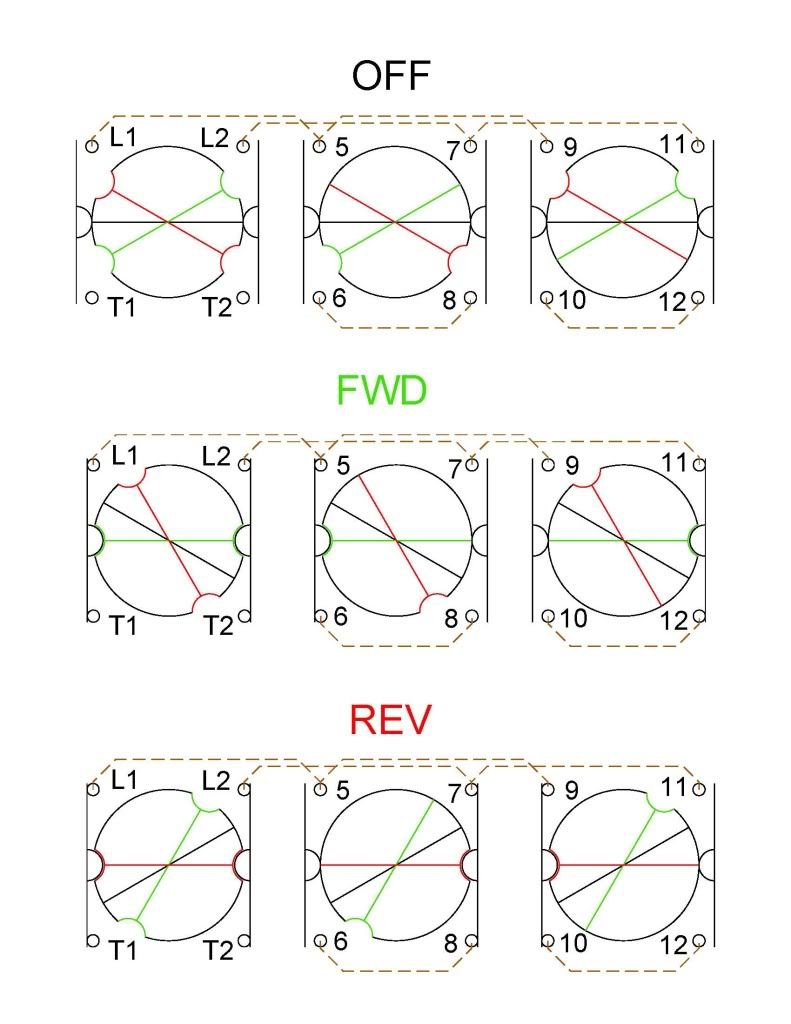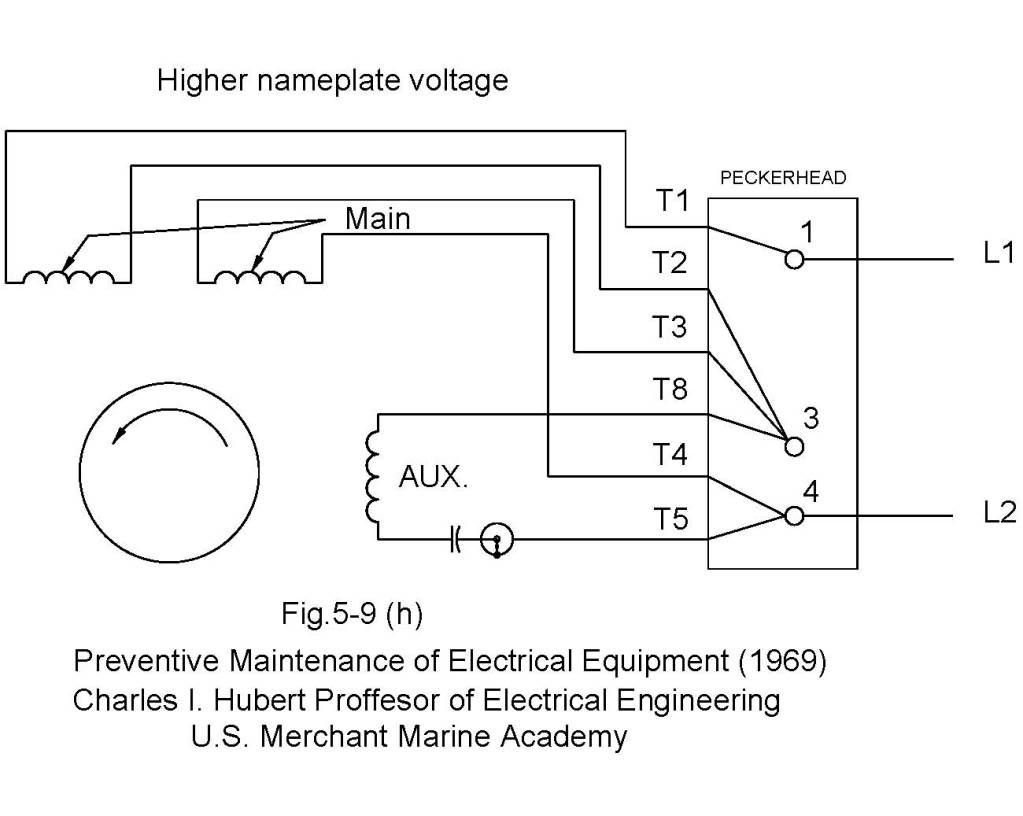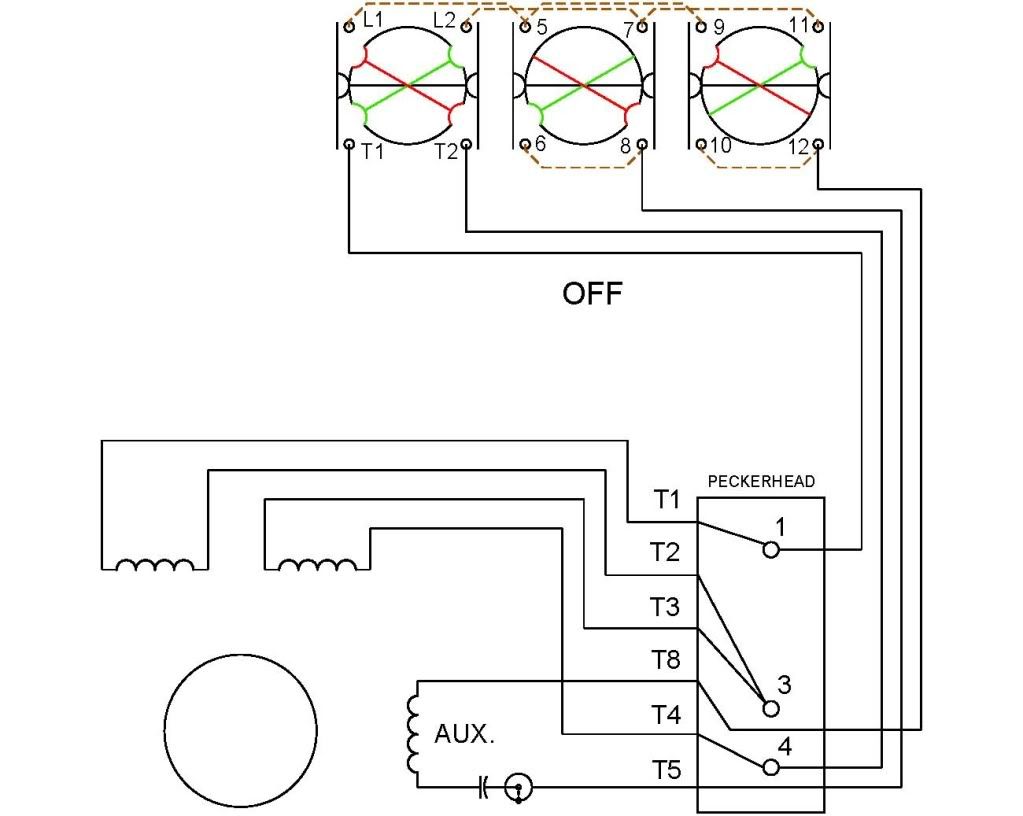OK guys,,, I don't mind disagreement....as Pat's tag line stated, I think it makes the synapse's fire a little harder for a little longer...
That said....lets be cool, calm and collected about all this shall we?
I have really enjoyed the team effort thus far. I have found it very rewarding.
Dan, Your efforts are obviously and evidentally generous!, and your convictions are pure no doubt. I thank you very much for your hard effort. That was a lot of drawing,posting, and prose. I do appreciate it! :bow:
That said, please don't feel singled out, as my following comments are to the general public, not just you.
I personally ohm'd out the diagram that Steve provided, with the jumper removed per his instructions and I agree that his scheme works, and I am satisfied that the switch is completely open with my switch off ,wired to my motor. I will not vouch for any other motor or wiring scheme for anyone else.
I checked all other combinations for shorts or opens that would contradict the diagram provided. I found none.
That said, It is now MY responsibility to VERIFY this via what ever other test deemed required and or prudent to prove that I have a safe work environment for myself. THE RESPONSIBILITY IS NO ONE ELESES.
If anything is wrong from here on in, it's MY problem and no one Else's!
I would further point out to anyone else reading this thread, that this applies to you also. YOU are responsible for YOUR actions regarding wiring motors, hangliding, feeding pigeons or what have you!
Your mileage may vary, professional driver on closed course...yada yada yada. ;D
A warm and sincere Thankyou to Dan, Pat, and Steve, you guys make this such a great forum, and why I come here just about everyday.
Sincerely,
Steamer








